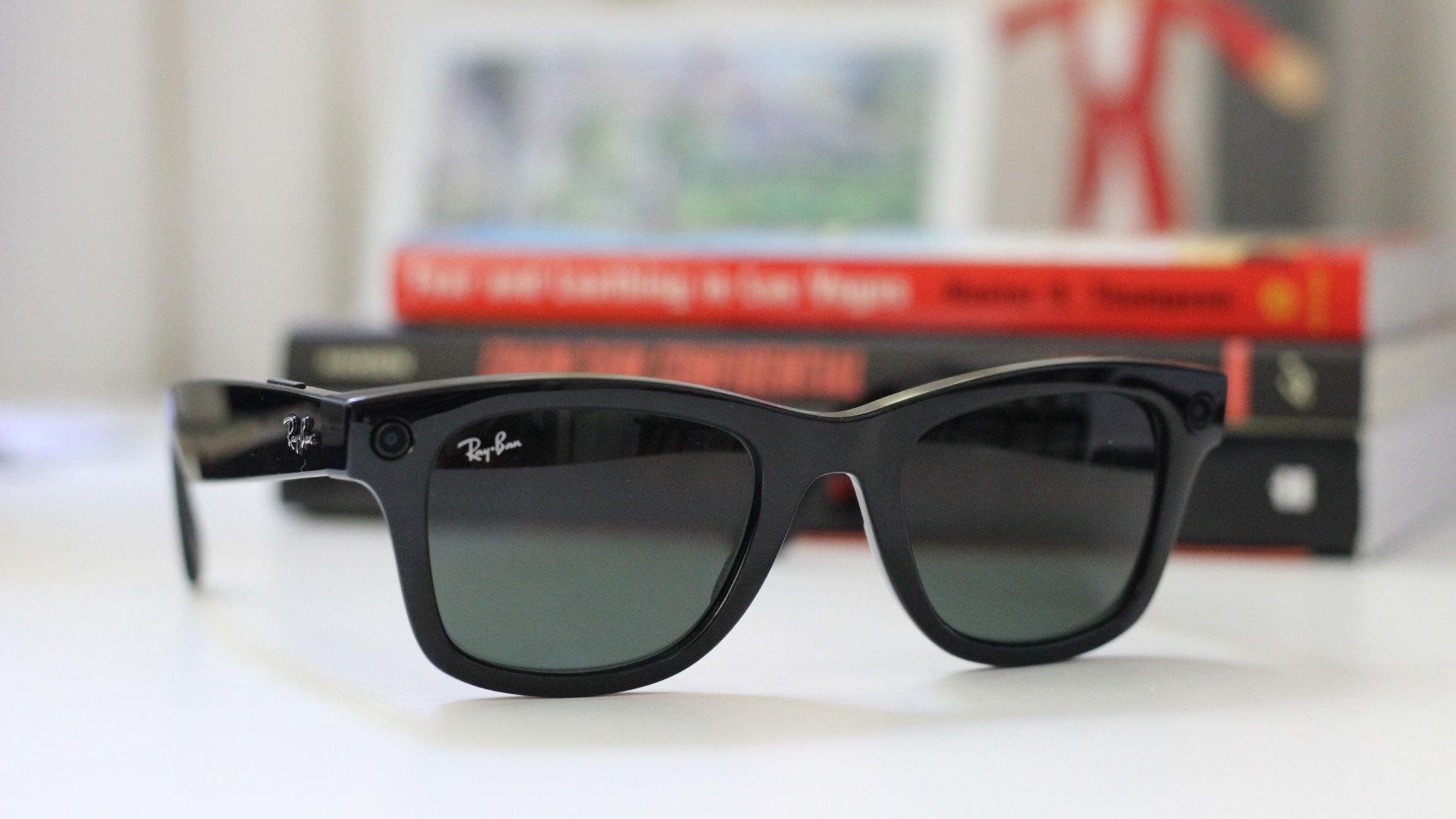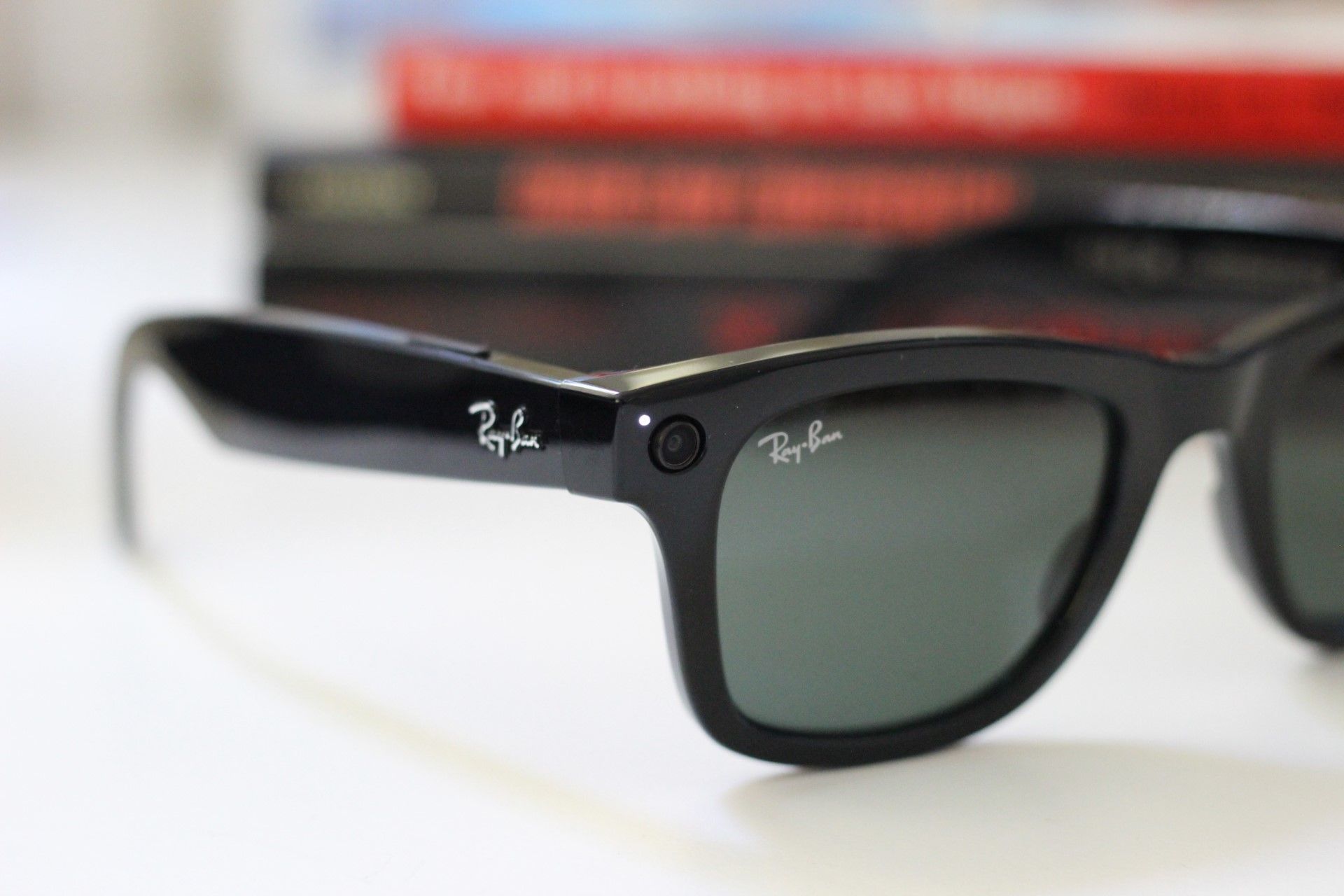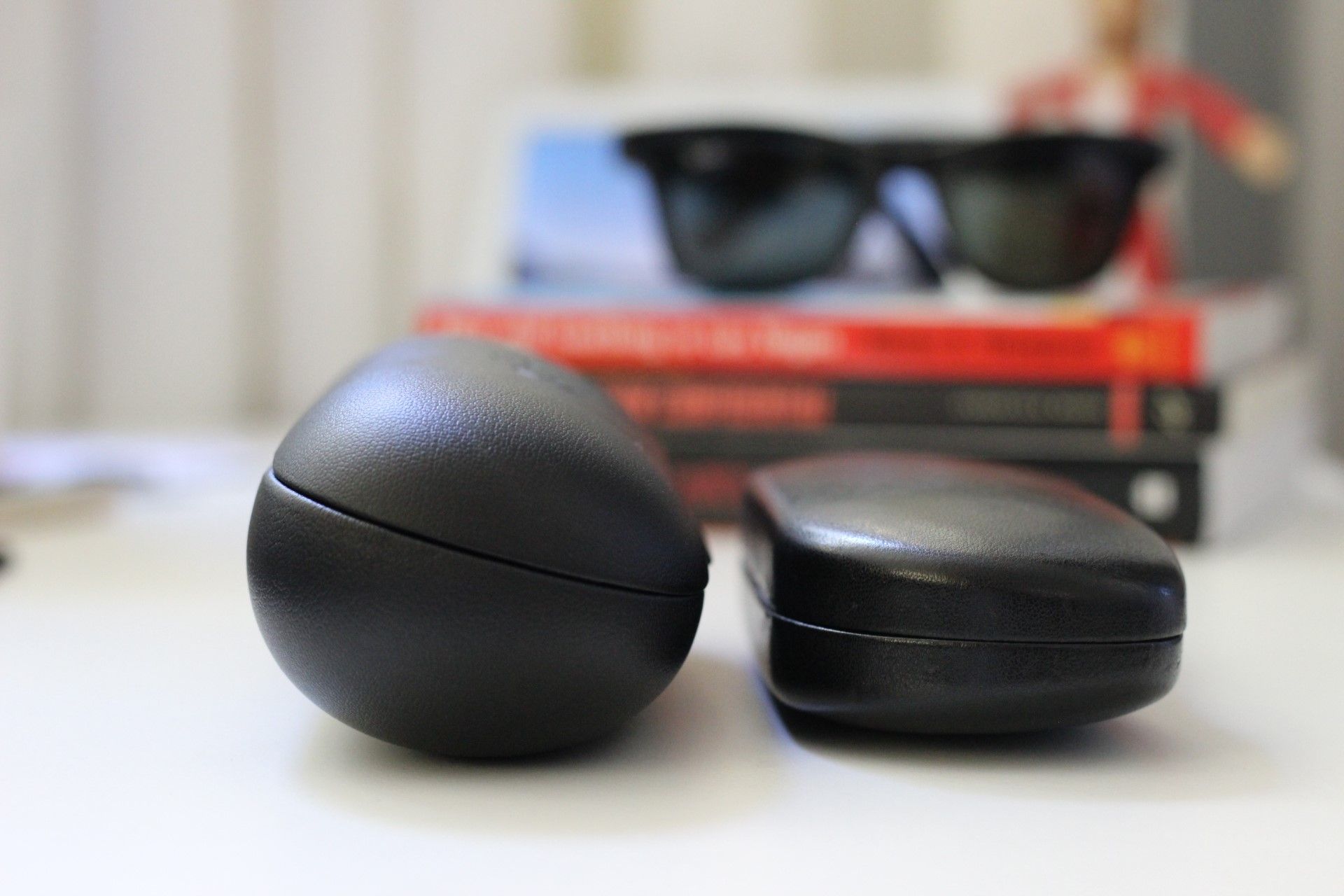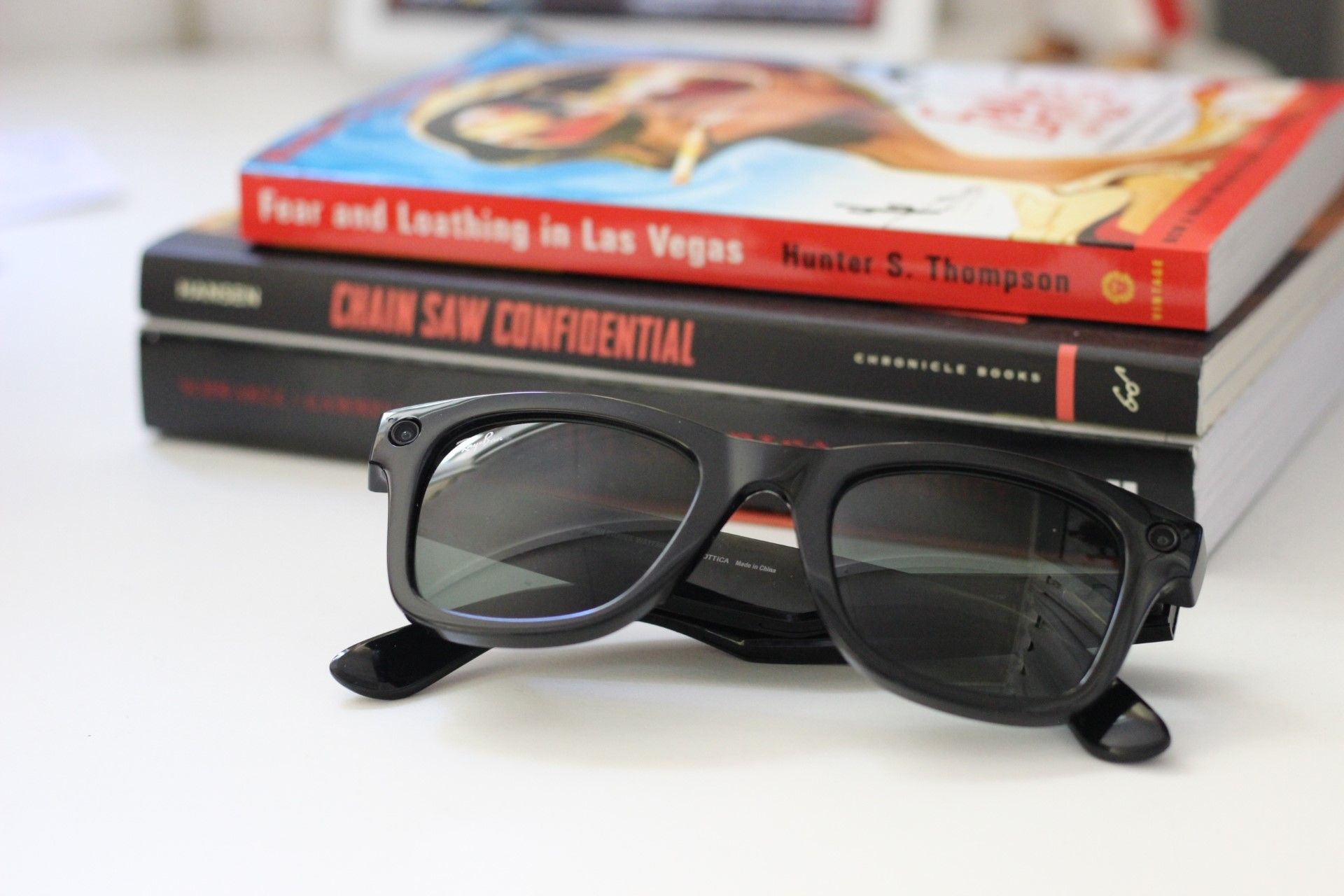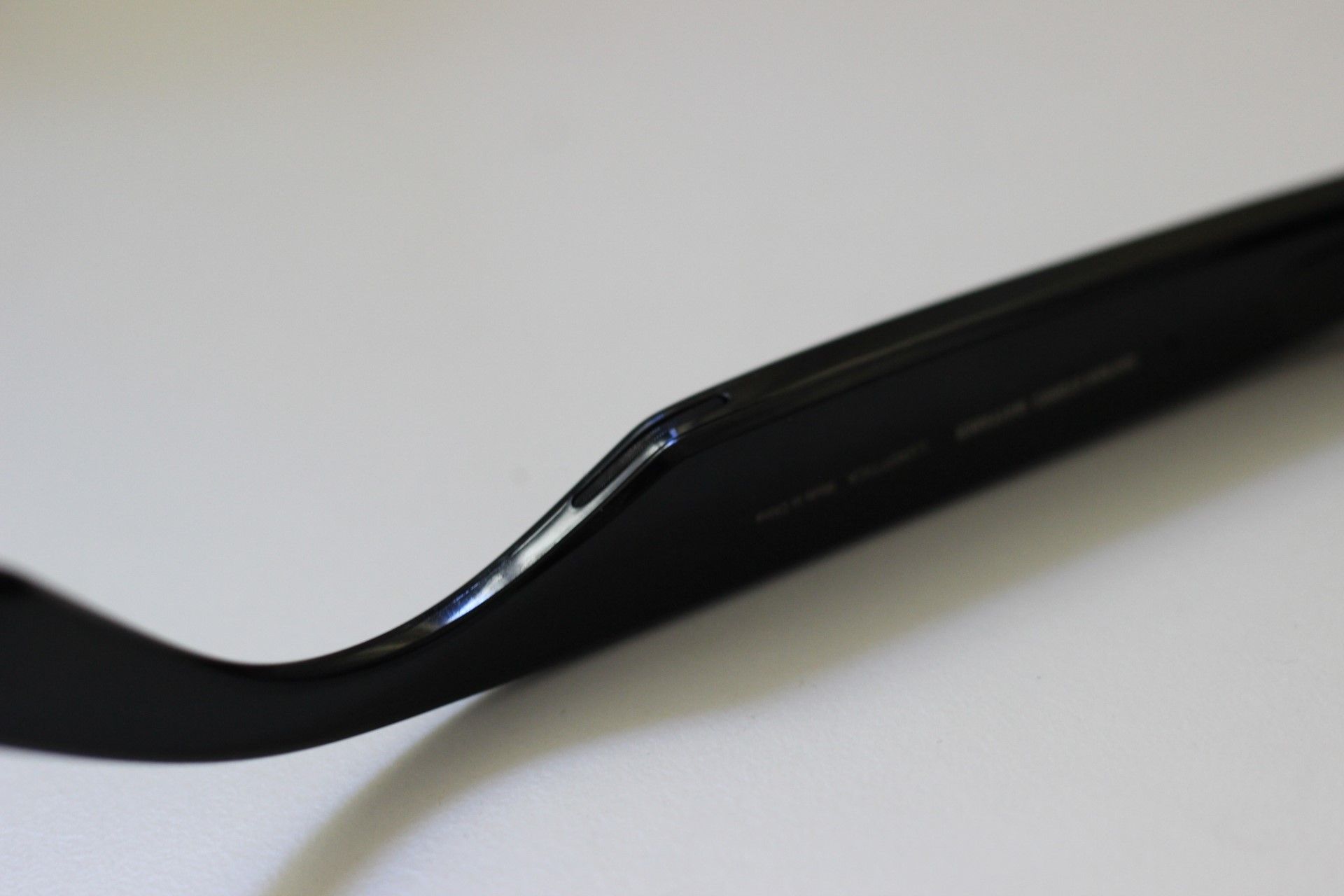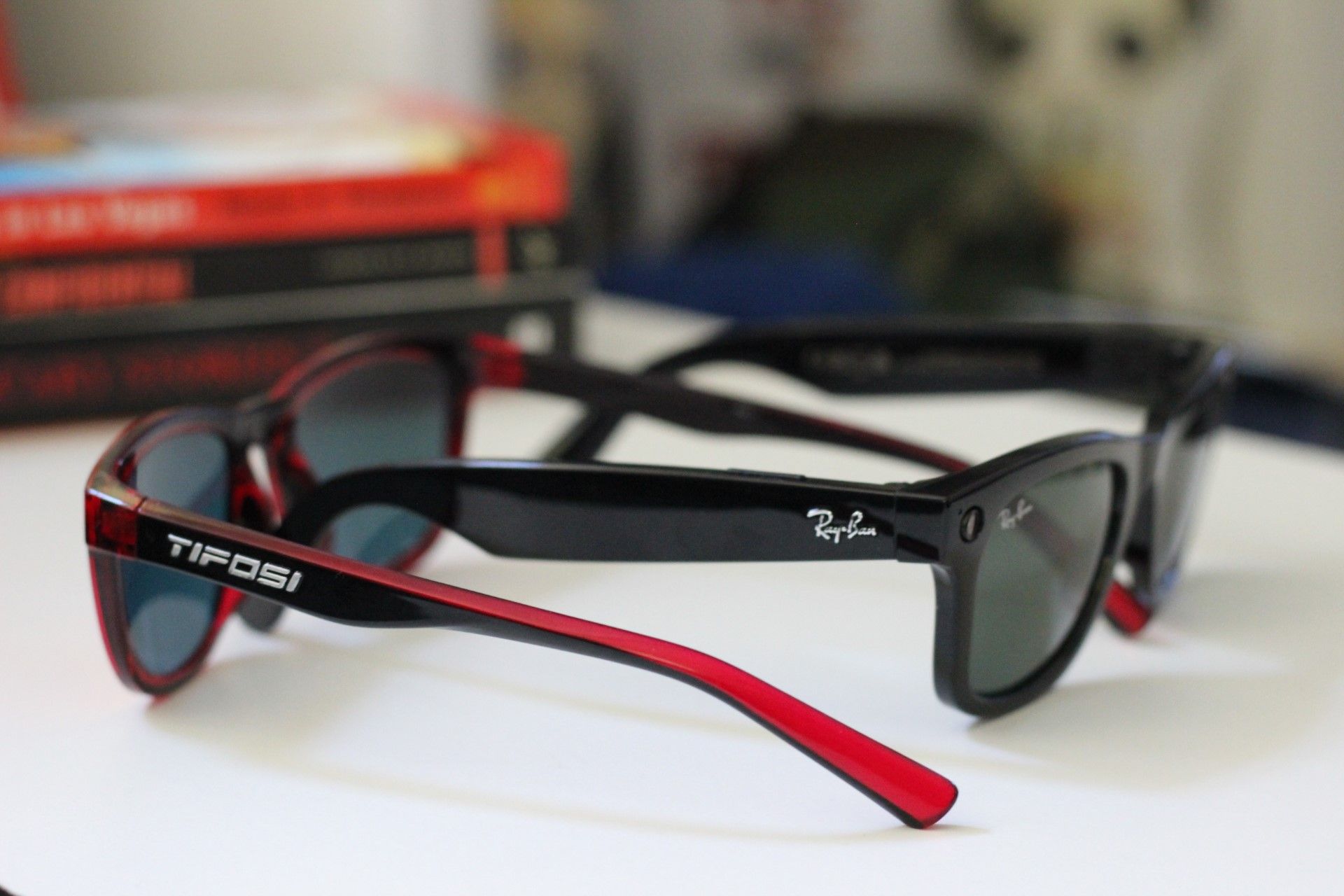Quick Links
The Ray-Ban Stories, or "Facebook Glasses," as many people will come to know them, are an interesting product: a pair of glasses that can play audio, take pictures, and shoot videos. It sounds cool in theory, but they're of questionable usefulness, and Facebook's involvement with them muddies the waters even more.
If you're looking for the meat and potatoes on whether or not you should buy these, here it is: probably not. They're not an awful product, but they also don't make sense in most cases. The battery life is pretty bad, the charging situation is questionable, and capturing good images or videos is difficult. They're also really tight on my absolutely normal human being sized head, yet they still tend to slide down my nose. Oh! And they're not water resistant in any way.
In short: There's a lot to dislike about these glasses and very little to appreciate.
Let's talk about it.
What Are Ray-Ban Stories?
On the Surface, Stories look mostly like regular sunglasses. There are three styles available: Round, Meteor, and Ray-Ban's most popular design, the Wayfarer. You can also get each pair in three different colors (olive, black, and blue), with clear or dark lenses.
There are a pair of 5MP cameras flanking each side, which can capture 2592x1944 images and 1184x1184 30fps video. Video is not only cropped to a square (with no option to change) but also limited to 30 seconds at a time.
Ray-Ban doesn't explicitly state how much storage the Stories have, only that there's enough for "up to 30 videos and 500 photos." However, considering the crummy battery life, you'll probably never be able to hit that in a single session anyway. But I'm getting ahead of myself.
There's a small button on the right arm to activate the cameras---a single-press starts a video recording, while a three-second long-press will grab a picture. There's also the option of setting up voice controls on the Stories in the companion smartphone app. Once enabled, you can say "Hey Facebook, take a picture" or "Hey Facebook, take a video," and they'll do the thing you said.
A small LED beside the right camera will light up under either circumstance as a visual indicator to people around, which is an attempt at "privacy." It's laughable how easy this would be to cover up, so it's a half-assed attempt at best in my eyes.
There are down-firing speakers on the underside of each arm, too, so you can stream music from your phone. I was shocked at how good these sound, though it's also weird because everyone around you can hear your tunes, too. Despite how good they sound (considering what they are, of course), I think bone conduction tech would've been a better choice here because it's far more discreet.
To control music, there's a touch panel on the right arm. You can play/pause, control tracks, and adjust the volume using taps, touches, and swipes. As you might expect, it's finicky and a pain to use. Imagine that.
The glasses connect to your phone over Bluetooth and are managed using the Facebook View app (for Android and iOS). The app is pretty limited, but it serves its purpose. This is where you can see the images and videos taken with the Stories, import them to your phone's gallery, and set up voice recognition. Also, in case it's not clear, a Facebook account is required to use Stories. They're useless without it.
To charge the glasses, line up the pogo pins under the right arm and drop them in the case. Ray-Ban claims the glasses get around eight hours of battery life with mixed photo/video usage and three hours with music playing. The case will provide three full charges to the Stories. Because of that, it's also huge---much bigger than most "normal" glasses cases.
While that all seems pretty straightforward, using Stories is a different experience altogether.
The Cameras Aren't Great, and Framing Is Even Harder
Slapping a pair of cameras on your face seems like a cool idea for grabbing images and videos without using your hands, right? In theory, yes. In practice ... nah. Because the cameras don't see exactly what your eyes do, it's nearly impossible to frame a good shot with the Stories---without any sort of viewfinder associated with the cameras, you have no way of really knowing what the cameras see.
I'm sure you could mentally adjust with enough time and motivation, but who wants to deal with that? Not this guy.
You end up with images and videos that are off-center, crooked, too low or high, or some combination of the above. In other words, these might be okay for grabbing images and videos in the moment, but don't expect to get anything that you'd consider "good" from these.
Even if you could get the framing right, the image quality also leaves a lot to be desired. The cameras are only 5MP, so you shouldn't expect high-quality shots in the first place, but sometimes the results are just downright bad. Ray-Ban and Facebook advertise this is very active environments---skateboarding, riding bikes and motorcycling, doing backflips, and all other sorts of movement are all over the ads---but if you're not totally still when taking a picture, you'll end up with all sorts of ghosting and other artifacts. It sucks.
I also don't understand the cropping choice here. Images use a typical landscape crop, while videos are limited to a square crop. Considering that the Stories are literally named after a feature found on Facebook and Instagram designed to be viewed in portrait mode, I don't understand the landscape crop for images. Having both limited to a square crop would've made more sense to me, but whatever.
Speaking of videos, it's more of the same issue here. The quality is decent, but again, it's tough to get good framing. Take this video, for example. I was on my bike, riding in the drops. Using my magnificent human eyeballs, I could see the road, the landscape ahead, and the horizon. I thought it would make a great video clip ... and this is what the Stories captured:
That's just hot trash. There's a chance it could've been because of my riding position, but this only furthers the point: The Stories don't see what your eyes see, which leads to a mental disconnect when capturing images and videos.
The Audio Is Good, but It Has Its Drawbacks
One of the things I was looking forward to most with the Stories was an isolated audio experience. I wear bone conduction headphones and sunglasses almost everywhere I go, so the thought of bridging the gap into one product is exciting to me.
Unfortunately, that excitement was short-lived after I slapped the Stories on my head. The audio is good---much better than I expected---but unless you keep it turned very low, anyone near you can hear it. That's just obnoxious. I love the music I listen to, but I don't expect the dude beside me at Old Navy to want to listen to Lorna Shore while he's shopping for new pants.
But they're probably great on the bike, right? Kind of. They remind me a lot of my bone conduction headphones in use, and because I'm on the bike, it doesn't matter how loud I turn them because the odds of someone else having to hear my music is low to non-existent.
I recently took them out on a 40-mile ride, which I expected to take a bit over two hours of moving time. Ray-Ban says the Stories should get three hours of music playback, so I expected to have plenty of juice. They died an hour and forty-five minutes into the ride. I'm glad I also wore my bone conduction headphones---you know, just in case.
But They're Good Sunglasses at Least, Right?
Ray-Ban makes some of the most popular sunglasses on the market, so there's no question that the company knows what it's doing. Pair that with the fact that the Wayfarers are iconic, and at the very least, you should expect good sunglasses, right?
Kind of. Because they're packed with tech, these are using a different design than normal sunglasses. One thing I found interesting, however, is that they're only 5 grams heavier than regular Wayfarers. I imagine keeping the weight penalty to a minimum was paramount here, so kudos to Ray-Ban for delivering on that.
That said, they're nowhere near as comfortable as other sunglasses that use this style. To be completely clear here, I've never owned or even worn regular Wayfarers. I have about eight pairs of similar sunglasses, though (made by Tifosi and Goodr), so I at least have something to compare to.
And compared to my Tifosi Swank and Goodr glasses, the Stories are dramatically less comfortable. The arms on the Stories are thick and very rigid, so they're pretty tight on my head. I don't have a large head by any measurement, but after about an hour, I have to take the Stories off to give my head and ears a "break." Considering I sometimes wear sunglasses for four (or more) hours at a time, that's no good.
Despite being tight on my head, they also don't stay in place very well---especially if I'm sweating. They constantly slide down, and it drives me nuts. Again, this isn't an issue I deal with from any of my other sunglasses.
Speaking of sweating, that's another huge peeve I have with the Stories: They're not water-resistant. Usually, people don't wear sunglasses in the rain, which I get, but the appeal here is audio and pictures, which you might want if you get caught in the rain. If I'm out on the bike, for example, I don't take my sunglasses off in the rain---nay, they serve as crucial eye protection. But if I get caught in the rain with the Stories on, I risk ruining them.
Just such a huge oversight, in my opinion.
Conclusion: Not Worth the Money
I wanted to find some redeeming qualities with the Stories, but honestly, I'm struggling. The cameras aren't great, and it's hard to get a well-framed shot---I'd rather pull my phone out to capture exactly what I want. The same goes for video.
The audio experience is okay, but it's not discreet enough, and it absolutely crushes the battery. The touch controls also suck. The glasses are overly tight yet somehow still don't stay in place.
And that goes without even taking into consideration the Facebook tie-in. When I first got these glasses and starting wearing them, I had a realization: I didn't realize how much I don't trust Facebook until I let it put a camera and microphone on my face. With the recent news highlighted how bad Facebook really is, it's even more unsettling.
My advice? Avoid the Stories. For less money, you can get some regular Wayfarers and a set of bone conduction headphones. Sure, you won't have cameras strapped to your face, but they're borderline worthless anyway, so consider that a bonus. Just use your phone, you'll be happier.
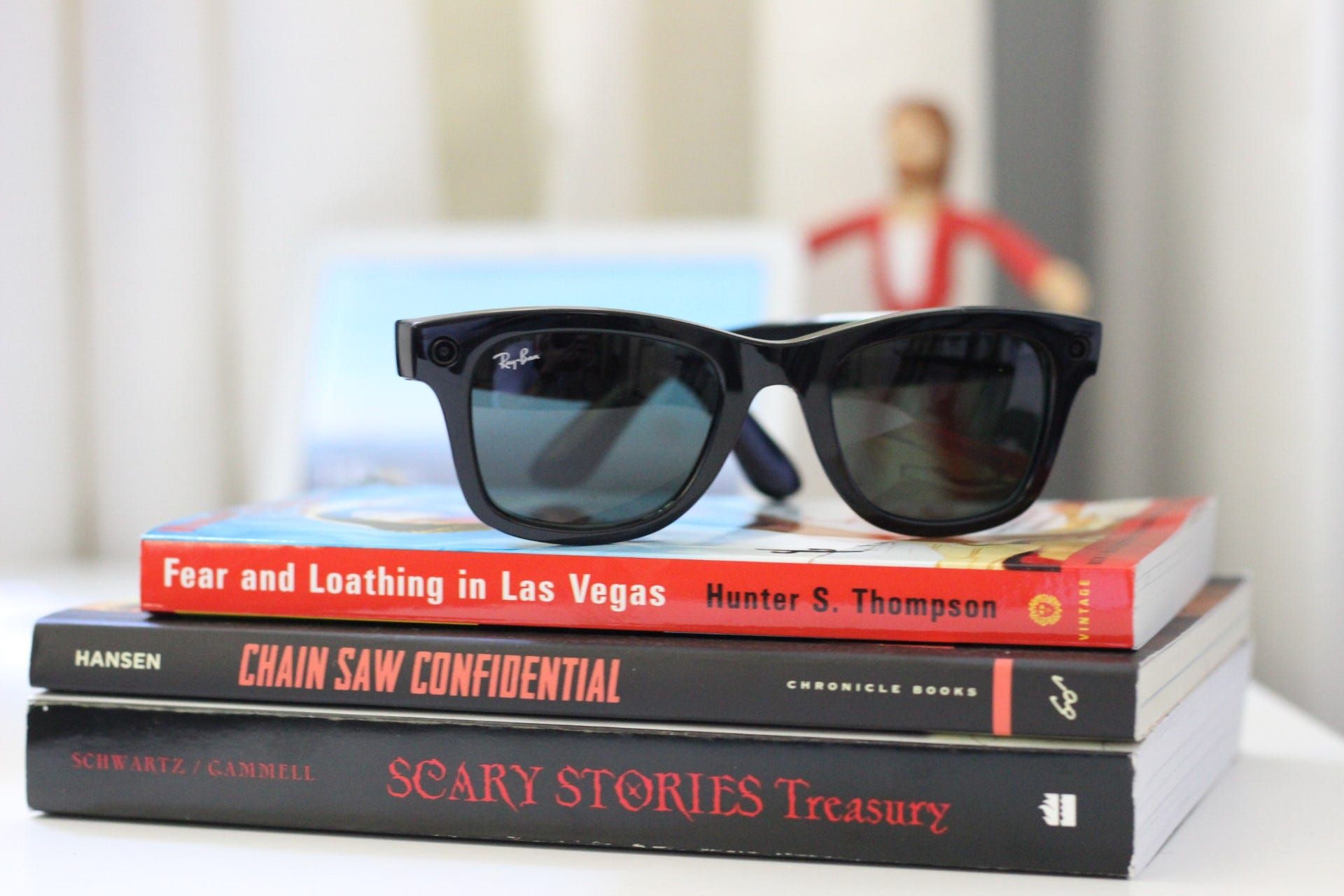
Ray-Ban Stories
- Versatile use
- Good audio
- Terrible battery life
- Cameras aren?t great
- Tight fit
- Audio isn?t discreet at all
- The case is huge and bulky
- Facebook requirement

